/ Welcome
Conferences Spotlight
Your exclusive gateway to a world of conferences, featuring cutting-edge insight from our experts and our global community
/ Welcome
/ Welcome
Your exclusive gateway to a world of conferences, featuring cutting-edge insight from our experts and our global community
/ Welcome
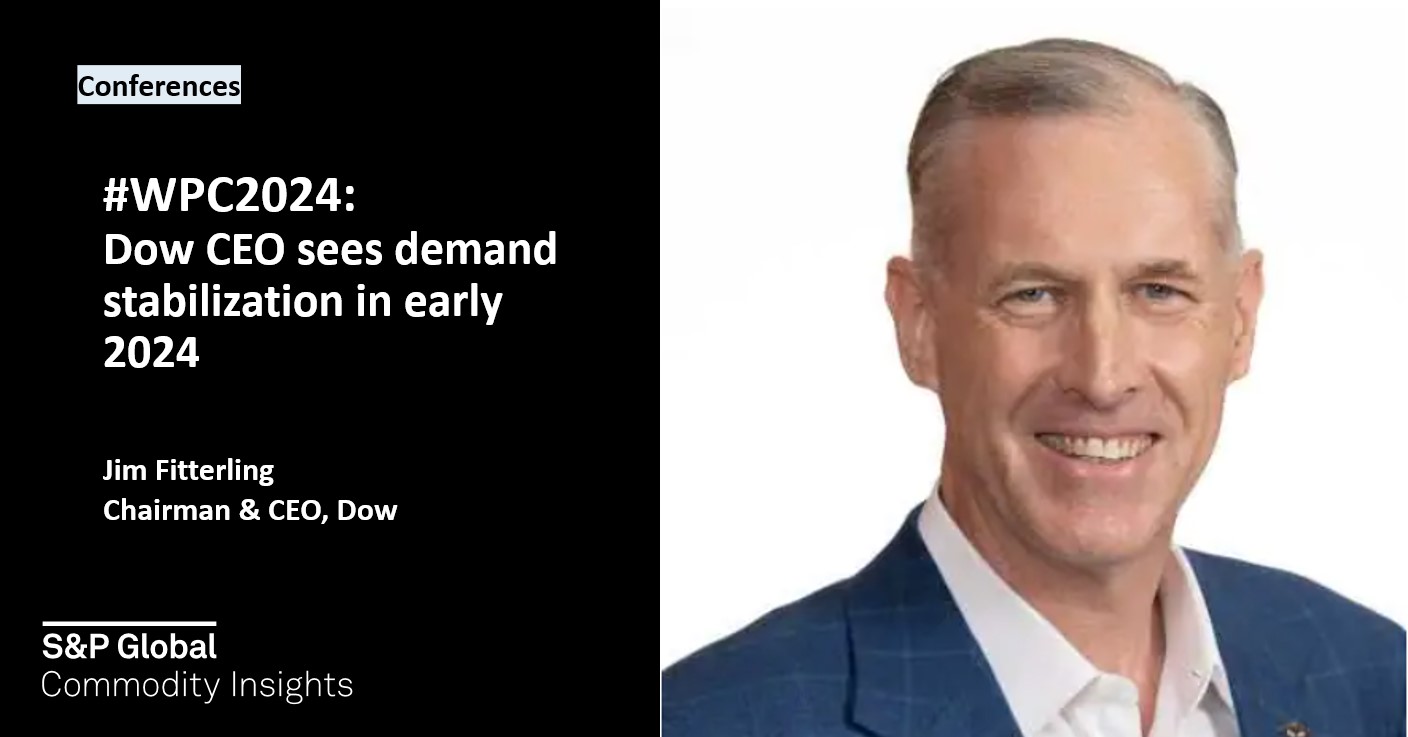
Chemical demand is stabilizing in early 2024, Dow Inc. chairman and CEO Jim Fitterling said at the World Petrochemical Conference by SP Global in Houston. Construction of Dow’s net-zero Alberta cracker will begin soon, and the company hopes to pursue similar net-zero ethylene investment in the US. WPC took place from March 18-22 and LIVE is your all-access pass to the conference. Check back for more chemical insights and cutting-edge coverage.
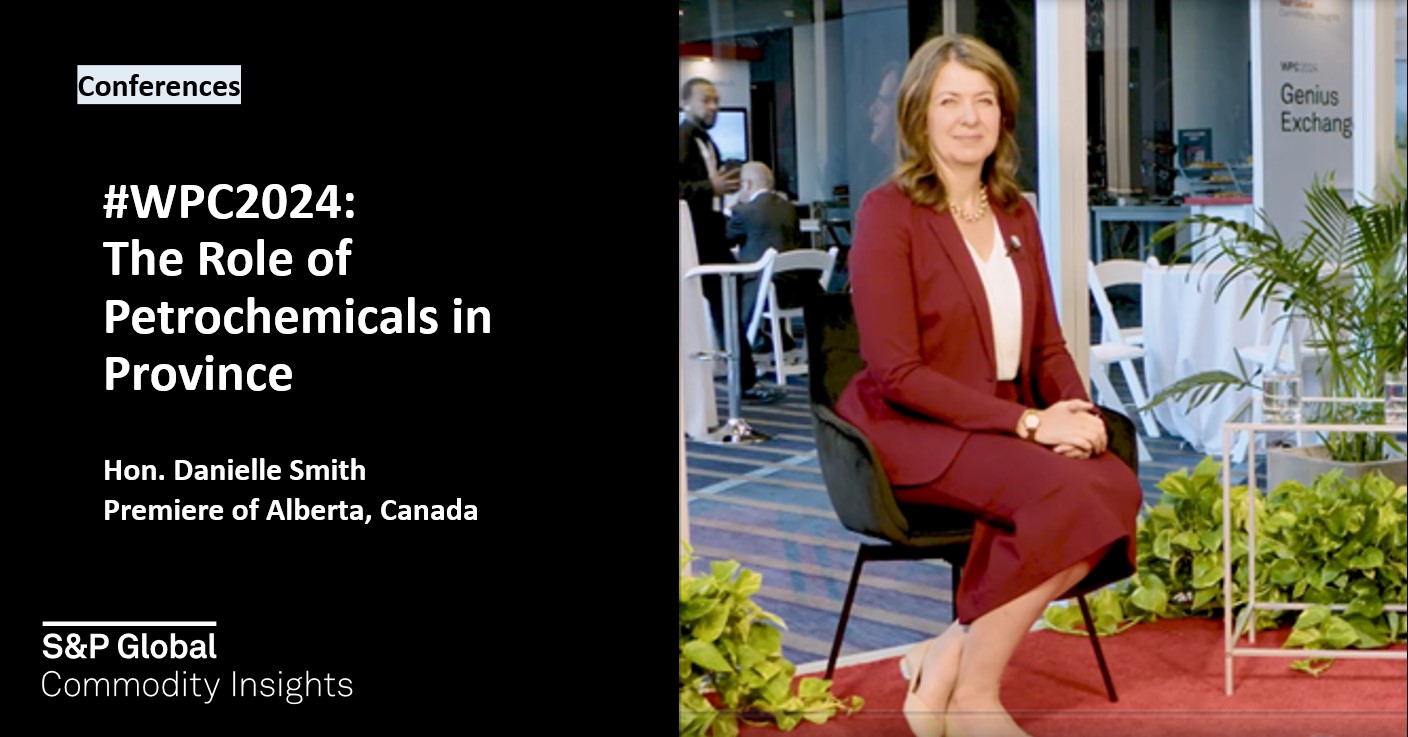
Alberta premier Danielle Smith highlights the critical role petrochemicals play in Alberta’s economy at the World Petrochemical Conference by SP Global in Houston. She highlighted the low-cost gas and feedstock advantage, available carbon capture infrastructure, and steps Alberta is taking to ensure hydrocarbons are upgraded to higher-value chemicals and derivatives in the province. WPC took place from March 18-22 and LIVE is your all-access pass to the conference. Check back for more chemical insights and cutting-edge coverage.
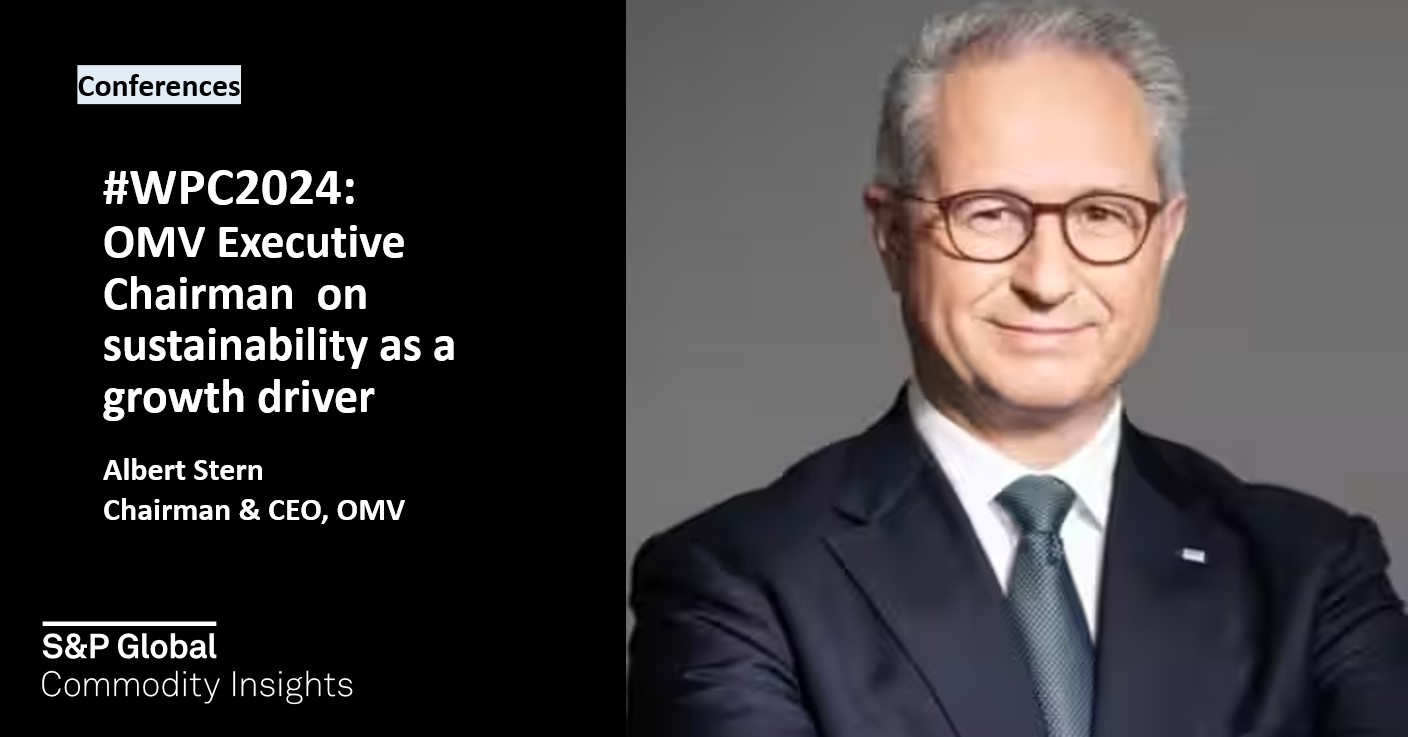
OMV chairman and CEO Albert Stern discusses early indications of a stronger demand environment for petrochemicals at the World Petrochemical Conference by SP Global in Houston. Stern also highlighted the opportunity that decarbonization and sustainability bring and how OMV is turning it into a growth driver. WPC took place from March 18-22 and LIVE is your all-access pass to the conference. Check back for more chemical insights and cutting-edge coverage.
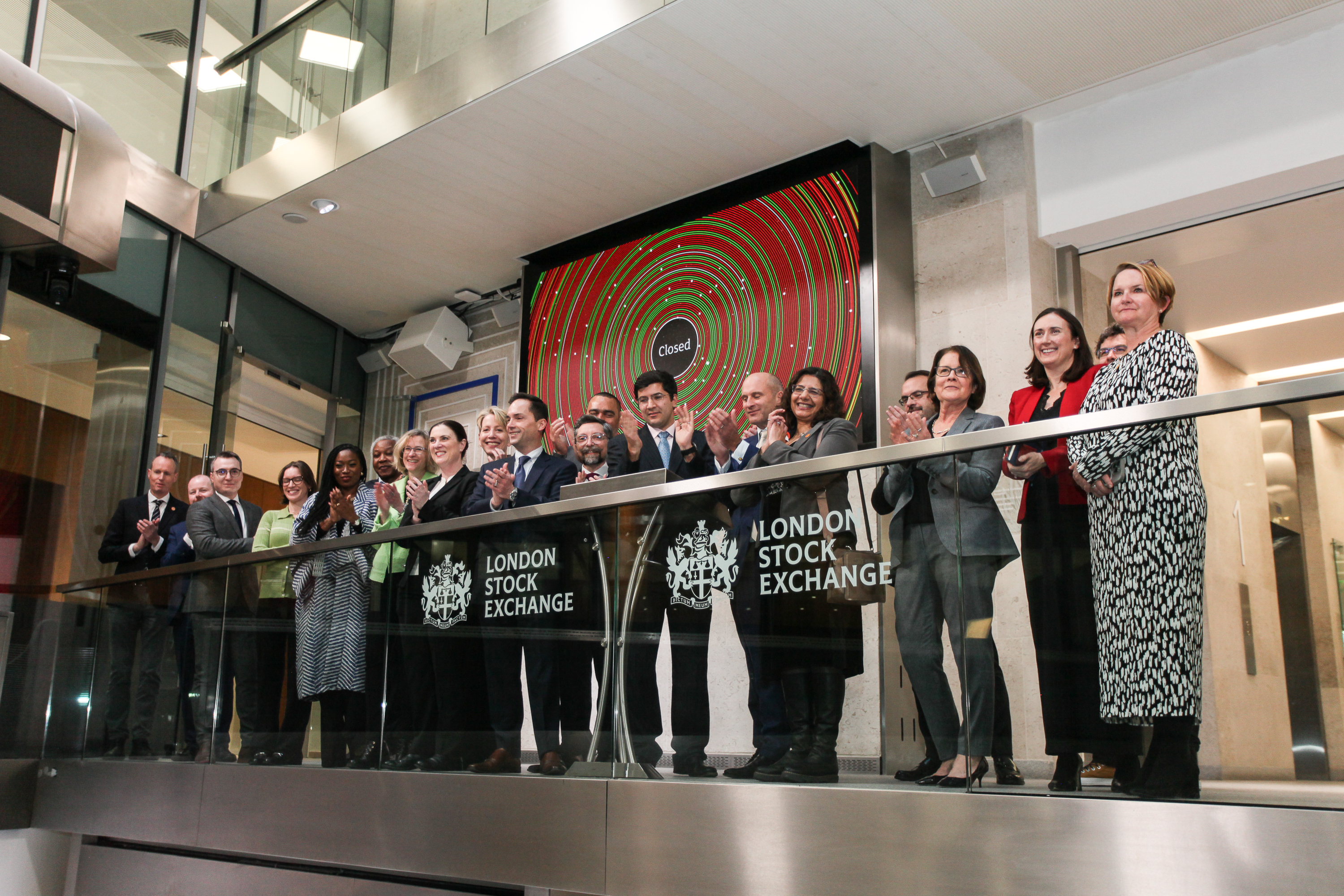
SP Global Commodity Insights rang the closing bells at the London Stock Exchange, in partnership with the Energy Institute, kicking off the London Energy Forum.For more coverage of the London Energy Forum, visit Conferences in Commodity Insights LIVE

Europe’s leading power exchange EEX is witnessing a fresh surge in activity on its platform, Business Development Manager Viviana Ciancibello tells SP Global Commodity Insights. Maturing power markets are attracting high frequency and algorithmic trading, while location spread trading is on the rise as participants seek to benefit from regional differences in wind and solar output.Viviana joined the speaker panel at the London Energy Forum 2024. Fore more coverage of the event, go to Conferences in Commodity Insights LIVE
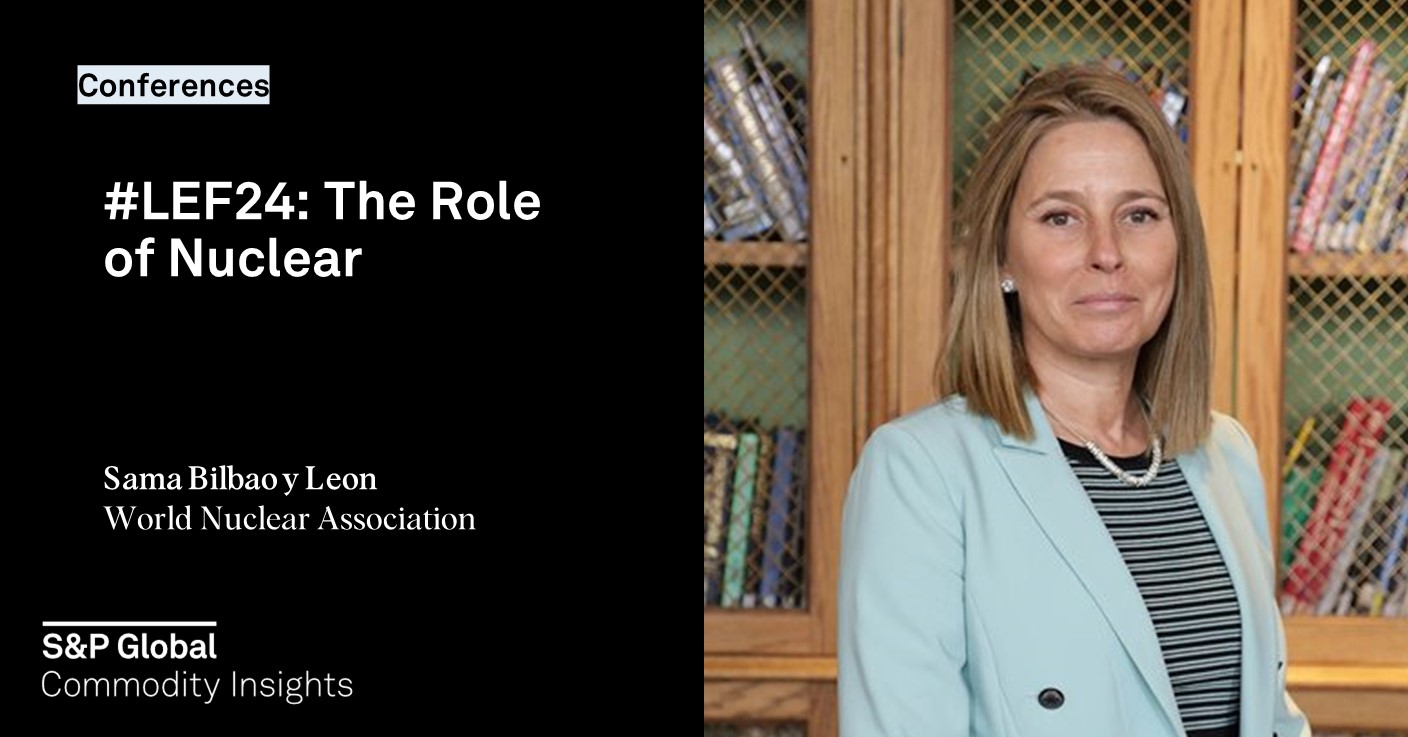
The director general of the World Nuclear Association, Dr. Sama Bilbao y Leon, discusses the global nuclear industry’s goal to triple its existing nuclear capacity by 2050, as well as the infrastructure issues impacting the global uranium mining and enrichment sectors.Dr. Bilbao y Leon was a speaker at the London Energy Forum 2024. Fore more coverage of the event, go to Conferences in Commodity Insights LIVE

The Panama Canal Authority raised their vessel transits per day to 24 due to unexpected rain in December, and plan to keep it that way until April, the end of the country’s dry season. Jose Arango, Senior Analyst with the Strategic Planning Division of the Panama Canal Authority spoke with SP Global Commodity Insights LIVE about what’s to come, noting that the authority hopes to return to an average 36 vessel transits per day in May depending on water levels.Mr. Arango was a speaker at the Caribbean Energy Conference held in Panama from January 28-31st.
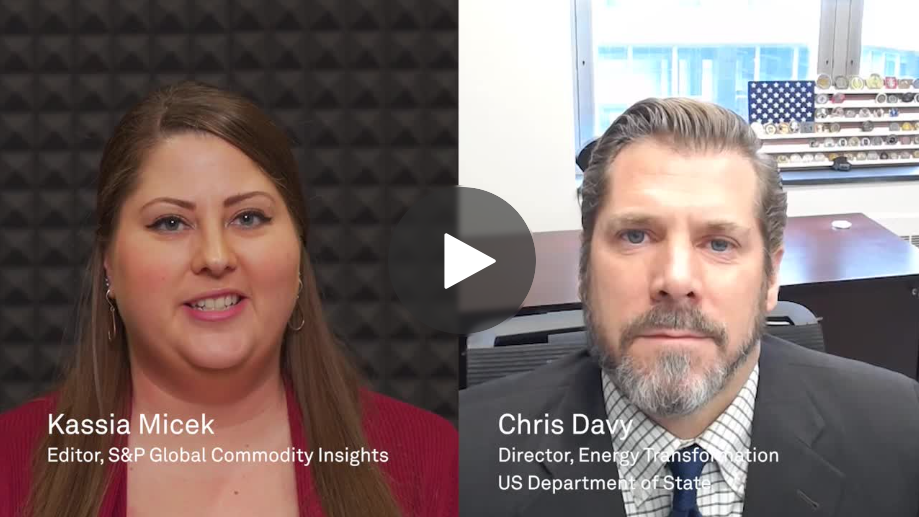
Chris Davy, deputy assistant secretary with the US Department of State’s Office of Energy Transformation, discusses the challenges to investing in the energy transition in the Caribbean and the resources developers are looking at to drive the transition away from fossil fuels.
Established in 1985, the World Petrochemical Conference is the premier assembly of industry leaders, global experts, and government officials convening for thought-provoking dialogue and in-depth discussion around the major strategic issues facing all aspects of the petrochemical industry.